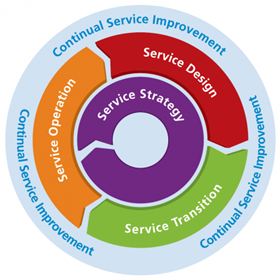Creating an Enterprise-Wide Cloud Strategy – Considerations & Benefits
What is a strategy?
![]()
“a plan of action designed to achieve a long-term or overall aim”. A Strategy involves setting goals, determining actions to achieve the goals, and mobilising limited resources to execute the actions.
A good Cloud Strategy is…
- Specific
- Timely
- Prioritised
- Actionable
- Tailored
Note – A strategy is different to organisations requirements, which can change over a period of time.
Best practice is to define your strategy is to maximise the benefits you achieve.… [Keep reading] “Creating an Enterprise-Wide Cloud Strategy – Considerations & Benefits”


